Every other week, archaeologists are unearthing new discoveries across the north of Scotland.
Whether it’s in connection with Stonehenge, another indication of the trailblazing exploits of our Orcadian ancestors, or further evidence of how far the Picts were ahead of their time, this is a golden period for the past emerging into the light.
And, so often, Aberdeen University professor Gordon Noble is at the forefront of the finds, lending his enthusiasm and expertise to a subject which is his enduring passion.
Just this week, we learned that a ‘remarkable’ Pictish ring with an intricate setting had been uncovered at a Moray fort previously thought to have been ‘archaeologically vandalised’ by the construction of a new town.
‘Another week, another artefact’
The kite-shaped ring with a garnet or red glass centre had lain in the ground for more than 1,000 years at the Burghead fort before it was uncovered by volunteer, John Ralph – a former engineer and graduate of Aberdeen University who has enjoyed a 50-year association with his alma mater.
True to type, Gordon was as thrilled as anybody else about the rare artefact.
He’s one of those individuals who appreciates that archaeology is a truly collegiate effort.
As he said with a glint in his eye: “John was digging and then came over and said ‘look what I’ve found’. What he handed over was incredible.
‘This was a really joyful moment’
“Even before the conservation work, we could see it was something really exciting. There are very few Pictish rings which have ever been discovered and those we do know about usually come from hoards which were placed in the ground deliberately.
“We certainly weren’t expecting to find something like this lying around the floor.”
But it was. And, piece by piece, month by month, the past is being brought back to life.
There’s nobody more pivotal to that process than Gordon himself. But he appreciates how he was helped in the early days even as he worked in inauspicious circumstances.
He was in his third year as a student in Aberdeen and watching an archaeology team from Reading University who were digging at Tomnaverie stone circle by Tarland when one of his lecturers, Professor Jane Geddes, invited him to take part in the proceedings.
‘That was it, I was hooked’ says Prof
“At first, I regretted my choice,” he told us. “It was cold, it was wet, freezing in fact, with snow in the trenches some days. But then, on the last day of the dig, I found a beautiful flint blade that was about 4,000 years old and that was it – I was hooked.
“It was the fact that, unlike most history, you could dig to find your own data and clues to the past, and discover new things.”
He has never looked back. And, since 2019, he has been Professor of Archaeology at Aberdeen University and unearthed all manner of fascinating information about one of the least understood people from antiquity – the Picts.
These ancestors of ours emerged around 300AD to defy the might of the Roman empire, only to disappear at the end of the first millennium, yet they left major legacies, laid the foundations for the medieval Scottish kingdom and their captivating carved stones are some of the most eye-catching and enigmatic monuments in Europe.
They were sophisticated people
It’s a subject into which Gordon has poured years of his life, much of it spent on sites across the north-east of Scotland, and gradually, he and his confreres have uncovered a plethora of new insights into the culture of a highly sophisticated society.
He said: “Early on at Aberdeen, it was obvious that we should begin to explore the archaeology of our own backyard – even though, as a department, we work all over the northern world from Canada and Alaska to Scandinavia and Mongolia.
“Our first big local project was on a Pictish site at Rhynie. They were first mentioned in Roman sources and went on to become the first documented kingdoms in north east Scotland, yet we know little about their archaeology or early history.
‘Picts were drinking Mediterranean wine in Rhynie’
“At Rhynie, we uncovered an early royal centre of the Picts where they were drinking Mediterranean wine from glass vessels made in western France at a high status settlement where a number of Pictish stones stood.
“More recently, in the same landscape, we found a huge contemporary settlement at Tap o’ Noth hill fort. Our largest project at the moment is a Historic Environment Scotland-funded project at Burghead [in Moray].”
And this was where the Pictish ring was unearthed.
As somebody who grew up in Fraserburgh, he remembers how his teachers were happy to educate him about all manner of other races and countries, but not the very men and women who once thrived in Aberdenshire and Moray and all the way up to Orkney.
He said: “I think the Picts are incredibly important and yet many people in Scotland know very little about them.
‘We have to do better to teach about Picts in schools’
“Indeed, we were not taught anything on Pictish society in school and I only learnt about this rich heritage at university and we should be doing better.
“It may be partly because, traditionally, we have known so little about them – there are only fragmentary sources for the Picts and the archaeology has been thin on the ground.
“But what an archaeology it is – the Picts have some of the most iconic, beguiling and fascinating carved stones known from early medieval Europe.”
Gordon believes there is no reason why people of all ages and backgrounds can’t follow in his footsteps if they share his zeal for peeling away at layers and, almost in the manner of a detective, gradually piecing together the different parts of a puzzle.
He told us: “Get involved is my advice. There are an increasing numbers of jobs in the heritage sector, so it’s not just something to do for fun or interest either.
It can be a lifetime pursuit
“There are lots of local groups who have hands-on opportunities – from the Young Archaeology Clubs to Mesolithic Deeside who do lots of fieldworking in the Dee area and now a group who do similar on Donside.
“We often have open days on our digs and our social media pages, Northern Picts, on Facebook and X [formerly Twitter], allows you to see what we have been finding on our excavations and offers information on open days.
“At Aberdeen, we offer undergraduate degrees, one-year Masters courses, PhDs and a part-time certificate which anyone can study anywhere in the world from your own computer. So please get in touch if we can provide any more info on these courses.”
As he concluded, there are no barriers to joining a dig if you are interested in history or geology or simply looking for relics from the past.
It’s an open field – and that is often where you will find this enterprising character.
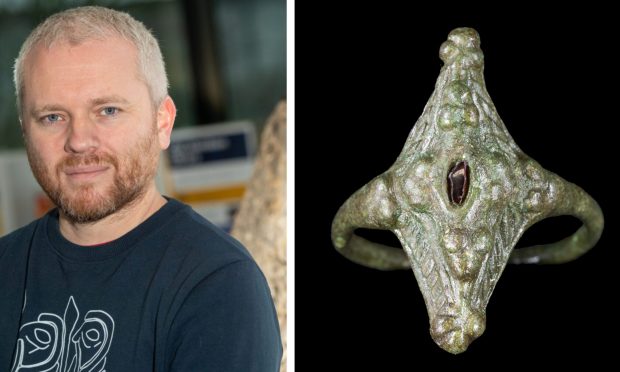
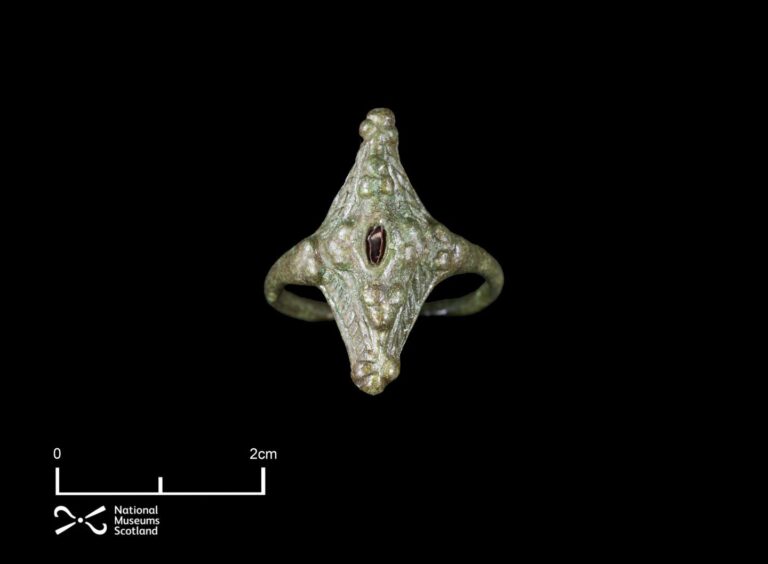
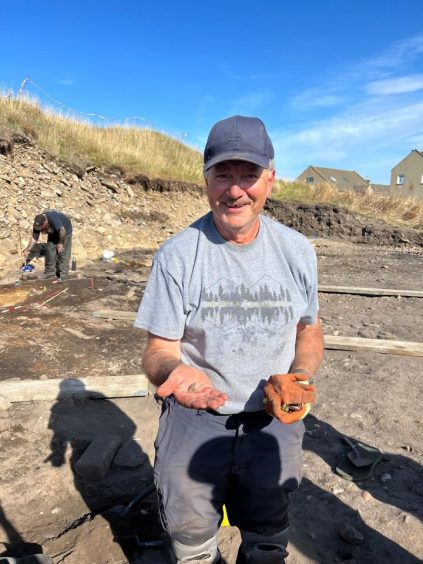
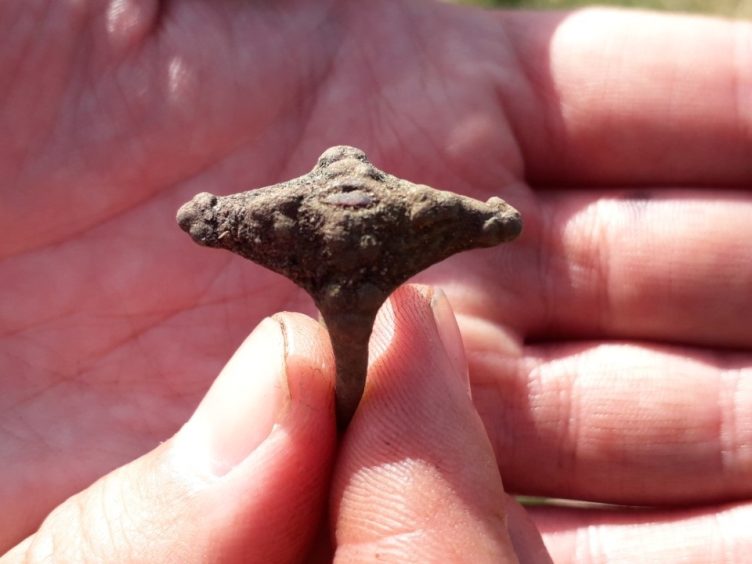
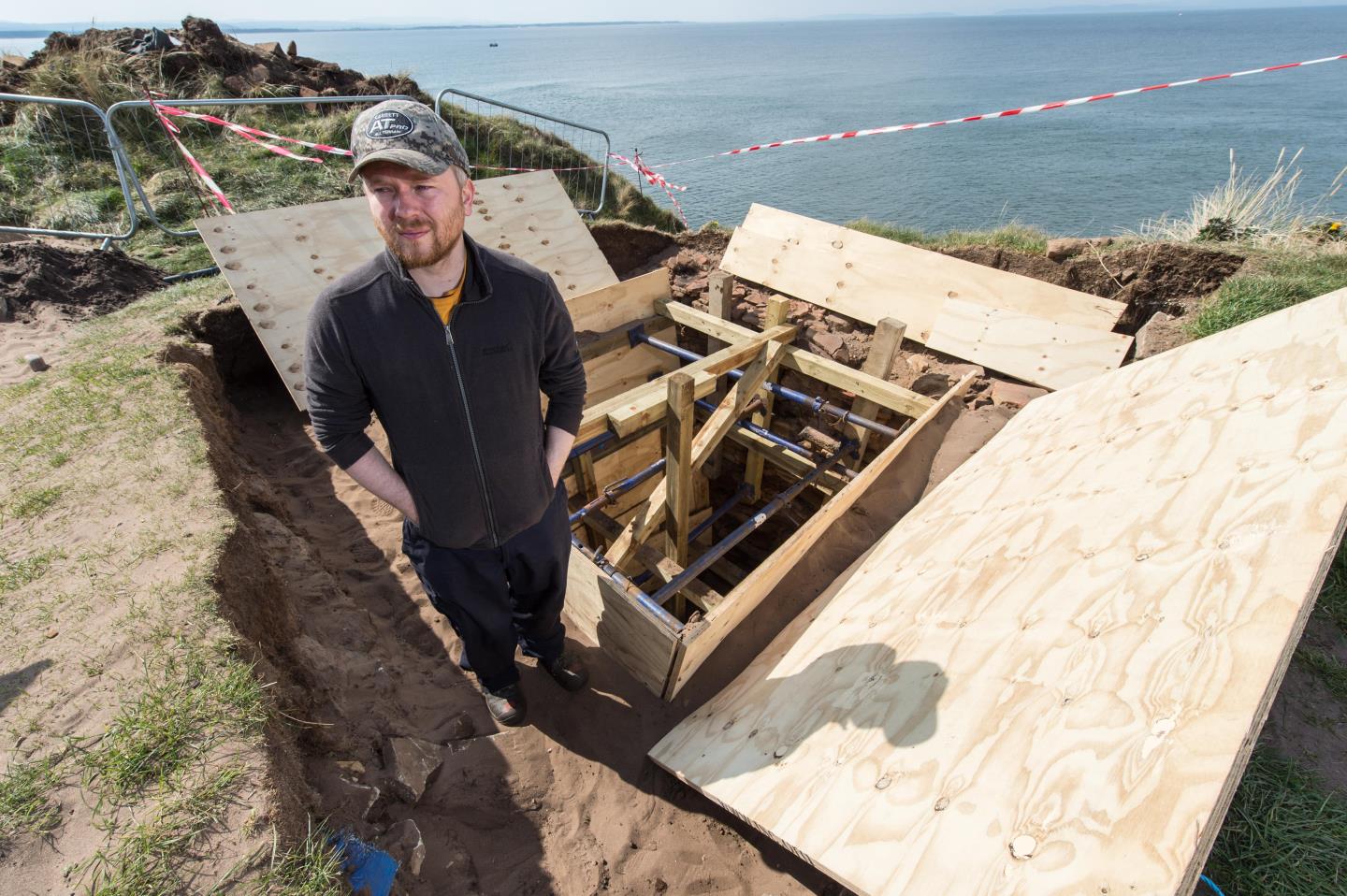
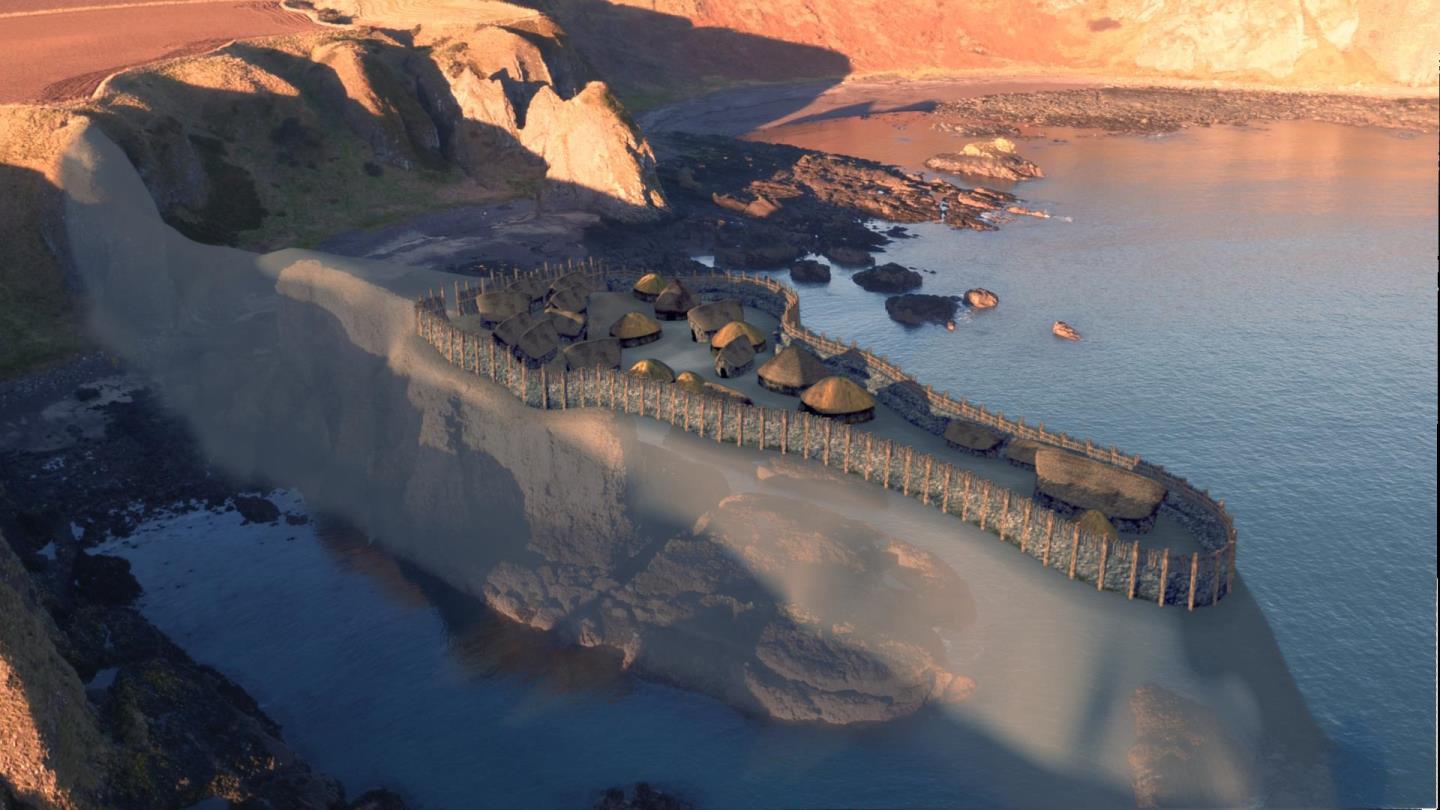
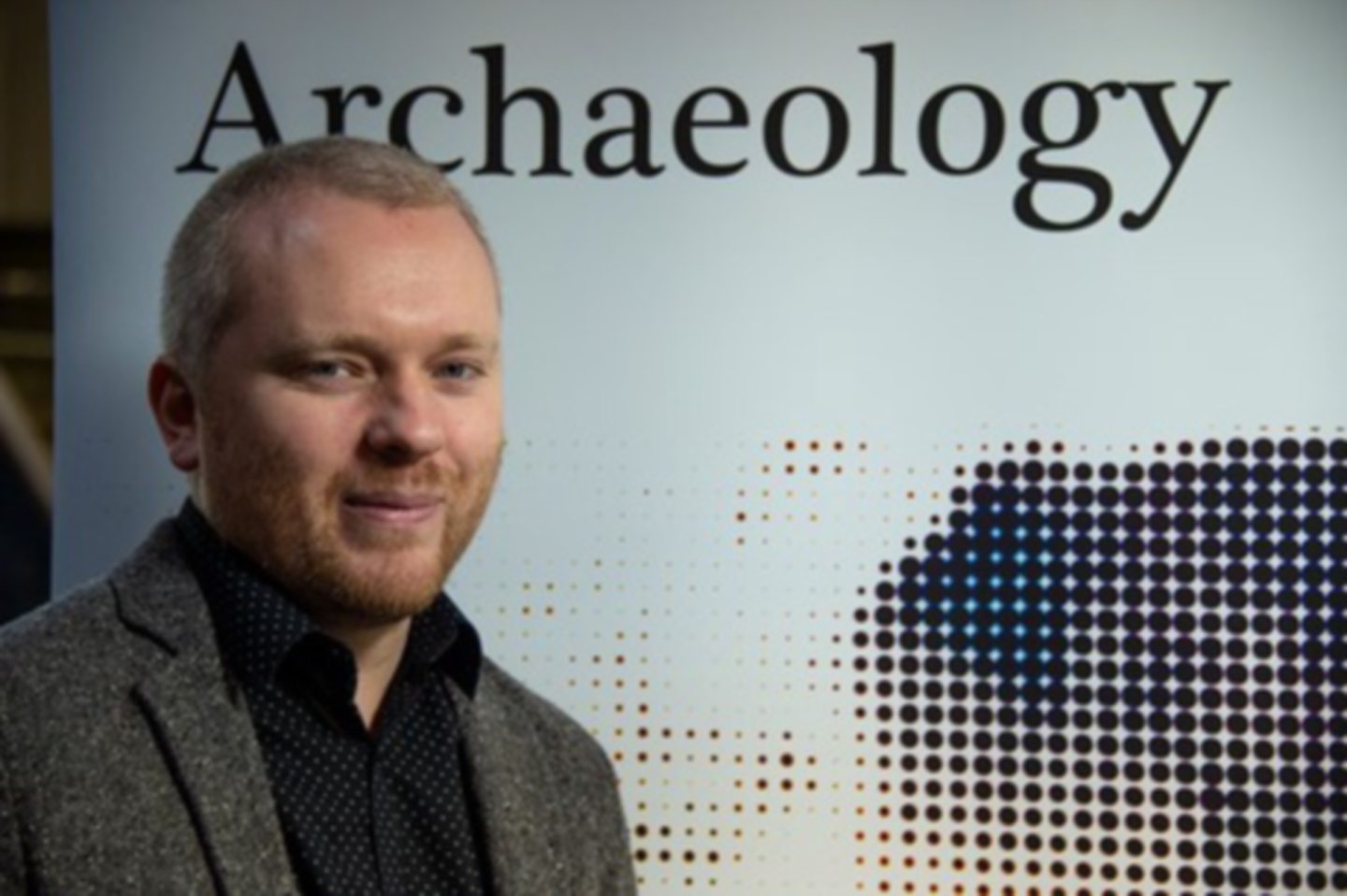
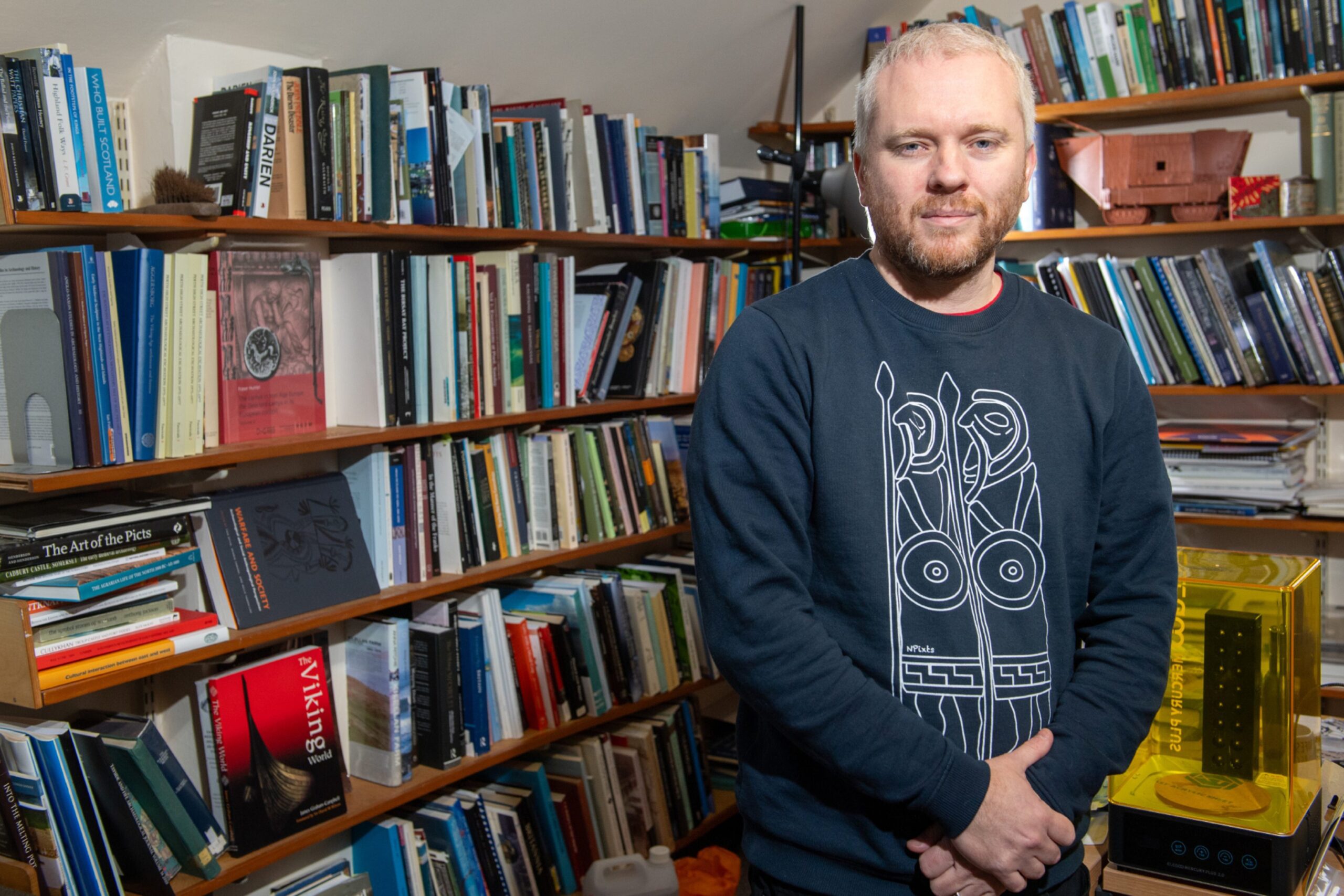
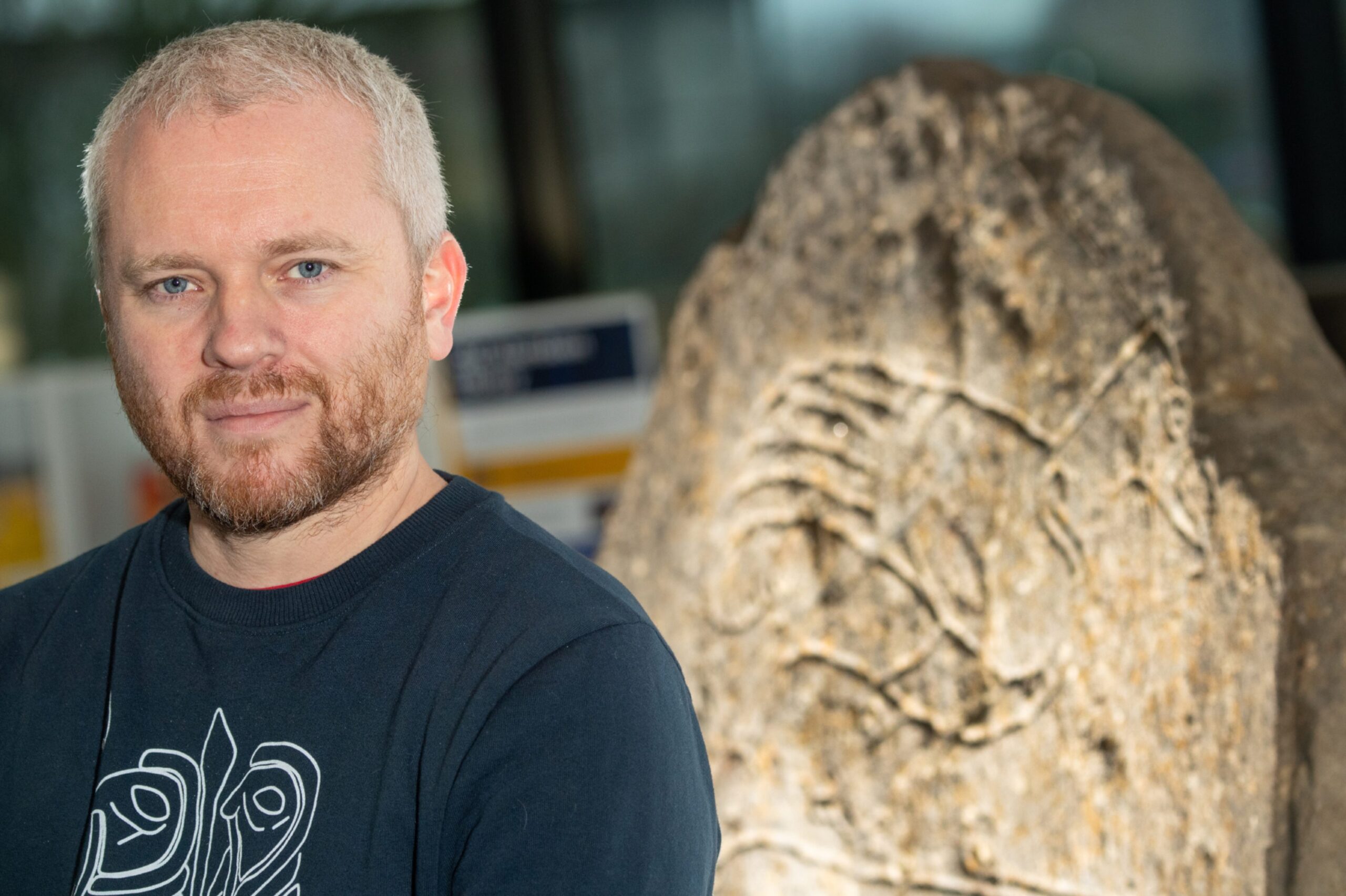
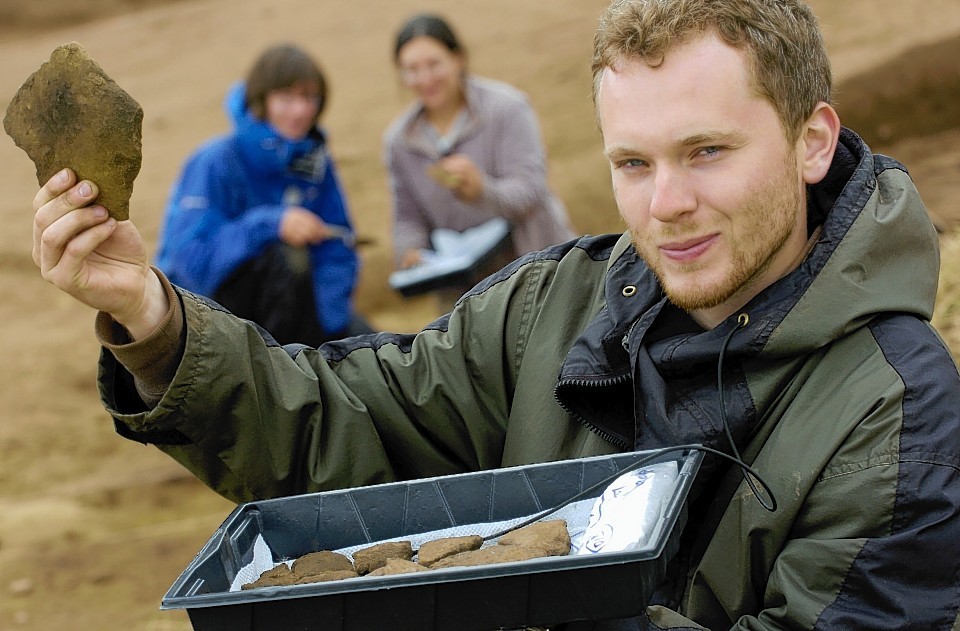
Conversation